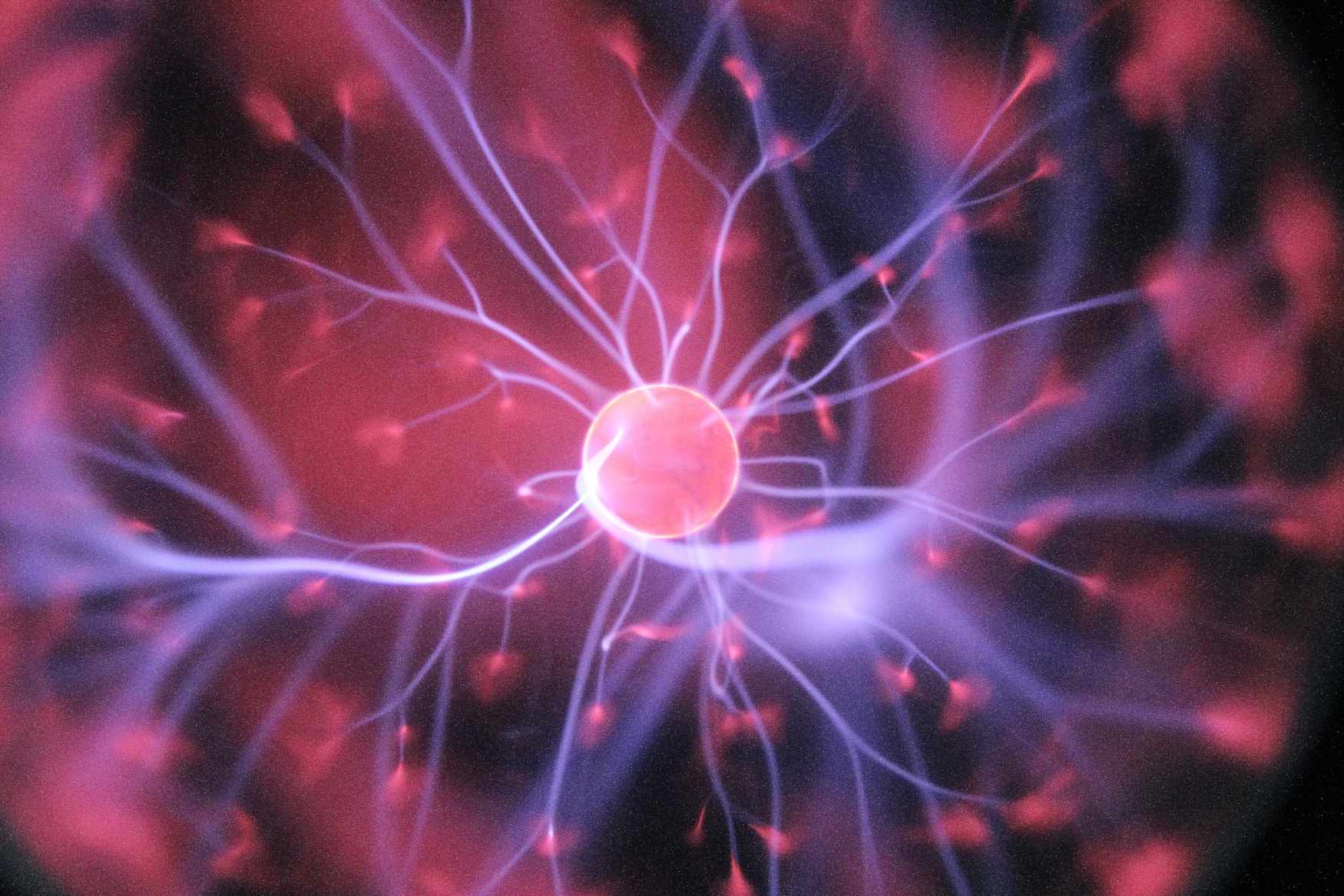
The Food and Drug Administration (FDA) released draft guidance for researchers to consider when conducting clinical trials of the therapeutic benefits of psychedelic drugs.
Psychedelic drug development programs are subject to the same regulations and standards as other drug development programs, but the uniqueness of these drugs presents challenges for evaluating their safety and effectiveness. The new draft guidance addresses these unique challenges by outlining the considerations for chemistry, manufacturing, and controls (CMC) compliances, nonclinical, clinical pharmacology, Abuse Potential Assessment, and clinical research. The guidance represents the FDA’s thinking on the topic of psychedelic drugs, but it is not binding, and alternative approaches can be used as long as they satisfy the requirements of applicable statues and regulations. Because of the relatively nascent nature of psychedelic drug development and research, the guidance provides a foundation for ethical and reliable research, rather than specific trial design recommendations. The guidance applies to trials that are conducted under an Investigational New Drug Application (IND). A brief synopsis of the primary components of the guidance is provided below.
Like traditional drug development, the guidance differentiates between botanical and non-botanical products. If a plant material, algae, microscopic fungi, or a combination of these materials is used in a product, it is considered botanical. A genetically modified substance cannot be considered a botanical, even if it is derived from plants or fungi. Any drug produced by fermentation of yeast, bacteria, or plant cells, or substances that have been highly purified from naturally occurring substances, are considered genetically modified. All drugs, both botanical and non-botanical, must be manufactured in compliance with current good manufacturing practice.
The nonclinical section of the draft outlines the FDA’s recommendations for conducting human testing. If human exposure and information is available from previously conducted clinical studies where no serious safety concerns were identified, clinical studies can be initiated without typical animal toxicology testing. If there is no history of adequate clinical exposure in humans for a specific psychedelic drug, the drug should not be tested in humans until it is established as safe for humans in nonclinical trials. For example, classic psychedelic drugs contain serotonin (5-HT), so an evaluation of how a psychedelic binds to serotonin receptors should be conducted. In addition, psychedelic drugs may also trigger activity of 5-HT2B receptors, so subjects’ hearts should be monitored because binding to 5-HT2B receptors may cause heart valve issues.
Also similar to traditional drug development, the Clinical Pharmacology section of the draft specifies that the pharmacokinetics (the way drugs move through the body) and the pharmacodynamics (the effects of the drugs on the body) should be studied in a living organism and in a laboratory dish or test tube. For instance, the guidance provides that the effects of a high-fat meal on pharmacokinetics should be studied. The potential interactions between psychedelics and other drugs, as well as the interactions between psychedelics and diseases, should also be studied. Because dosage for psychedelics is extremely misunderstood, the guidance suggests that research should be done to characterize the dose-response relationship.
Importantly, psychedelic drugs will need to be evaluated for abuse potential. Abuse potential studies may also assist in the appropriate rescheduling of psychedelic drugs that are Schedule I controlled substances under the Controlled Substances Act (e.g., all classic psychedelic compounds). Any activities related to the investigation of a Schedule I substance must comply with the Drug Enforcement Administrations (DEA) regulations for research, manufacturing, importation/exportation, handling and storage requirements of a Schedule I drug. Abuse potential studies normally contribute to abuse potential assessments, but if a psychedelic drug has been proven by clinical studies and data to be used by individuals for abuse, a study may not be necessary for an assessment. When abuse potential studies are necessary, they should be conducted after the therapeutic dose range is established. The guidance opines that it may be hard to conduct Adverse Event safety reporting for abuse potential because the responses that should generally be flagged as adverse, such as “euphoria, hallucinations stimulation, and emotional lability,” can also be related to the therapeutic benefits of treatment. Accordingly, sponsors should take special care in their evaluations.
For clinical studies of psychedelics, the use of a traditional placebo can be complicated because of the “perceptual disturbances” the substances cause. If a patient is expecting a psychedelic result but instead receives a placebo, they can experience a nocebo effect, a “worsening [of] symptoms as a result of knowing they didn’t get active treatment.” Recommended alternatives to a traditional placebo are subperceptual doses (better known as “microdoses”) or another psychoactive drug that mimics the psychedelic experience. The issue of dose-response should be addressed by having one trial that uses a low, middle, and high dose without a placebo. The trial with the placebo can provide information on safety and the trial without placebo can provide information on dosage. To minimize bias in subjects, observers, and data analysists, all should take a blinding (withholding information that can influence the study) questionnaire so the impact of functional unblinding can be evaluated. Most psychedelic drug development programs involve psychological support during treatment and then psychotherapy after treatment. This can complicate the accuracy of test results, so sponsors should be able to justify the inclusion of psychotherapy.
The draft was as a result of the quickly growing interest in psychedelic medicine in the country over the past few years. Certain cities and states have begun promoting research, removing criminal penalties, and regulating access to some psychedelics like psilocybin and MDMA, which are designated as breakthrough therapies by the FDA. New regulations for psychedelic drug development have been long awaited by the psychedelic medicine community. These new draft regulations open the door for the establishment of psychedelics as a safe and legitimate therapeutic treatment option.